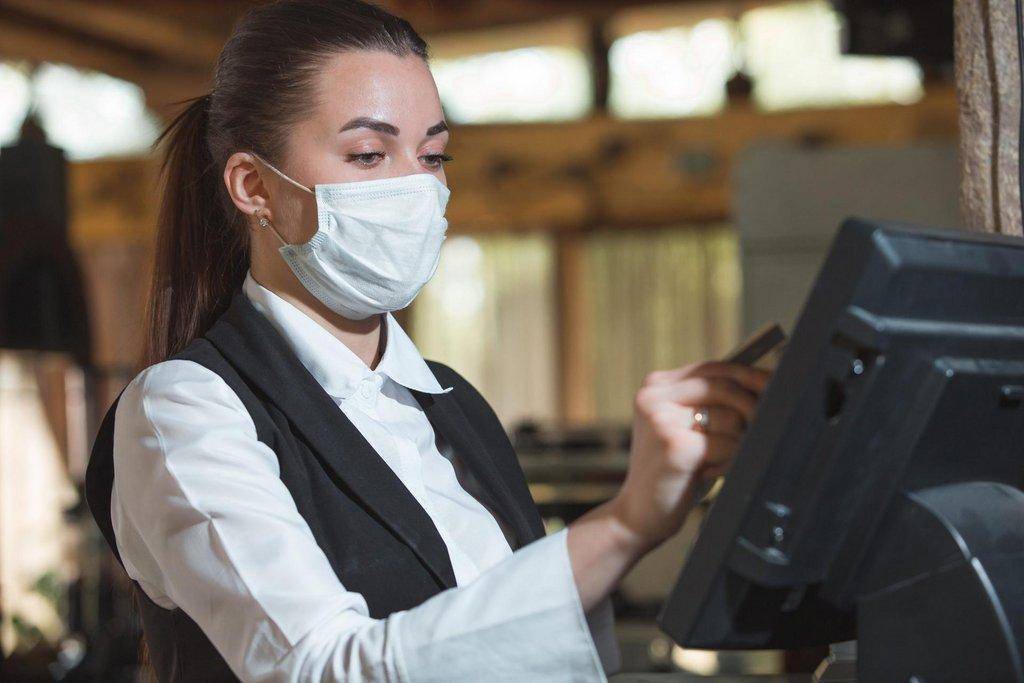By Julene Reese
The COVID-19 pandemic has had a profound effect on all Utahns; however, recent research suggests it has been especially challenging for women, whose employment and careers have been disproportionately impacted.
The Utah Women & Leadership Project (UWLP), in conjunction with Utah State University Extension, conducted a survey in January 2021 of Utah women aged 20 or older who were either currently employed or unemployed due to the pandemic. The online survey was conducted in English and Spanish. It included information from 3,542 Utah women from varying situations and demographics, including age, education, race, marital status, socioeconomic status, county, job type, industry, hours worked per week, employment status and workplace situation. Researchers believe it is the nation’s most extensive study on this topic and the most comprehensive study of any state at this time.
Findings indicated that women, and especially women of color, have borne the brunt of pandemic-related job changes. Women of color reported more financial worries than white women, and financial concerns were strongly tied to household income.
In addition, nearly 16 percent of respondents had withdrawn from the workplace since March 2020. The top reasons for leaving included their employer’s reduction in business (16.2%) and caring for children (15.4%).
Susan Madsen, founding director of the UWLP, endowed professor of leadership in USU’s Huntsman School of Business and leading researcher for the project, said the Utah research aligns with recent national reports about women and job loss during the pandemic.
“It is important to note that although we attempted to recruit participants from all income levels, the Utah women who are in the most need of assistance likely did not take part in this survey,” she said. “What we do know is that though women with lower household incomes seemed to have the most concerns about finances, food and housing, those same concerns were expressed across all income levels. Women working in industries such as manufacturing, food services, hospitality and sales experienced some of the largest percentages of negative impacts to income and increases in hours worked.”
Co-researcher Jared Hansen, associate professor of marketing at USU, said that overall burnout levels were similar across many of the demographics, which is an indication that COVID has been difficult for most women.
“Women who shifted from working onsite to working from home, on average, more strongly agreed that they are experiencing mental decline and increased burnout—as well as increased exhaustion from additional responsibilities in the home—compared to the average level of agreement by women who were continuing to work at their employers’ worksite,” he said.
Respondents noted the importance of workplace support during the pandemic, and a flexible work location and flexible hours were ranked at the top. One-third of working respondents indicated they had to adjust their work schedule because children in their household were attending school online from home. Other top-ranked workplace support included free mental health counseling, increased paid sick leave, well-being programs, and increased paid family leave and time off.
Co-researcher Chris Hartwell, assistant professor of management at USU, said one finding of particular concern was that 9.2% of women surveyed were distressed about domestic violence brought on by the pandemic in their own homes.
“This is a sizeable number of women, and we absolutely must address their concerns,” he said. “All of us, including government and law enforcement, need to do everything we can to ensure that women and families in Utah are safe. We hope this will include increasing resources for prevention education and support services for survivors of domestic and sexual violence.”
Madsen said it is also essential to expand public and private partnerships to address food insecurity, housing challenges and short-term financial stress to help relieve women’s burdens.
“We need to invest in longer-term programs for women in low-income brackets to help rebuild their financial stability and reverse the losses they’ve faced during the pandemic,” she said. “We hope this research will encourage state and local governments to implement policies that benefit women’s recovery from the impacts of COVID-19. If this can be done now, it will positively impact women’s lives in the future.”
The research is the first in a series of related reports that will be released in upcoming months. The full study can be found at https://tinyurl.com/3sse9eue. Further information about the UWLP can be found at utwomen.org.

